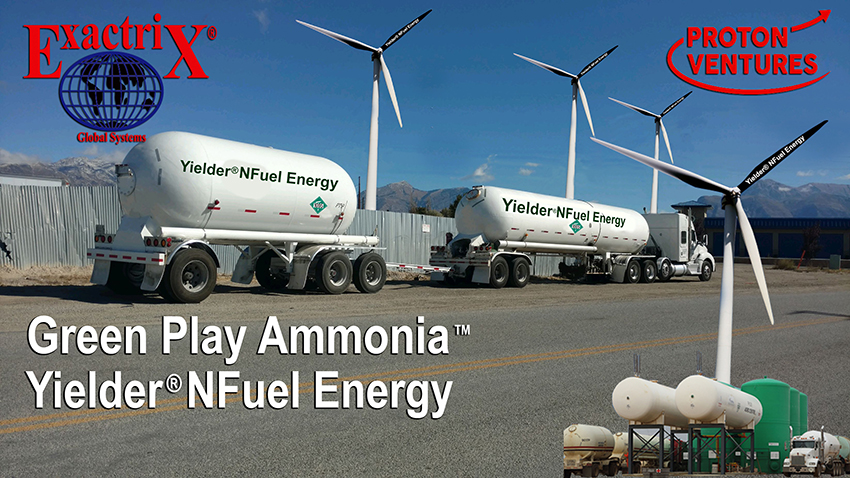|
Return To Main Page
A treasure hunt for underground hydrogen is on Anticipation over naturally occurring hydrogen — the kind found beneath our feet — has been emerging for months, and last month a burst of activity underscored this frenzy. We’ve written a lot about how hydrogen could be a potential solution for challenging decarbonization problems. But producing the gas takes a lot of energy and current technologies generate huge quantities of greenhouse gas emissions. That’s why the idea of finding naturally occurring sources of hydrogen in the pore space in the rocks that make up Earth’s surface, known as geologic hydrogen, has become such a hot topic. Check out our full explainer on geologic hydrogen here. Here are the highlights: February’s whirlwind of activity: Early last month, the United States Energy Department announced it was investing $20 million into 16 projects related to naturally occurring hydrogen. The next day, geologic hydrogen startup Koloma disclosed it raised $245.7 million, the largest private investment in the space to date. Breakthrough Energy Ventures (BEV is a program of Breakthrough Energy, which also supports Cipher) is among its supporters. At the end of February, the Colorado School of Mines and the USGS announced a research collaboration with oil giants and startups including BP, Chevron, Eden Geopower, Petrobras, Fortescue, Koloma, Hydroma USA and HyTerra. Two days later, Senate lawmakers hosted a hearing about geologic hydrogen. Geologic hydrogen has long been overlooked for, among other reasons, the fundamental fact that it is hard to detect. “It has no color. It has no smell. It has no taste. It is non-toxic. And it is 15 times lighter than the air. So, it is very difficult to find it in nature if you are not looking for it,” said Viacheslav Zgonnik, CEO of Denver-based Natural Hydrogen Energy, which erected the first drill to tap geologic hydrogen resources in the U.S. in 2019 in Nebraska. Now, a full-scale treasure hunt is underway for it. And there’s a feeling among those involved that it’s the solution the world has been waiting for. “Sometimes the most obvious breakthroughs are staring us in the face. And we keep trying to look around them,” says Douglas Wicks, program director for the Energy Department’s investment into research related to accelerating the natural production of geologic hydrogen. Nobody has a perfect sense of how much hydrogen could be trapped in porous rocks — estimates range from billions to quadrillions of metric tons of hydrogen — or exactly where the best sources are located. “In the short term, I will tell you right now, the first reservoir somebody finds will not be the best. It'll take a while to find the Permian of hydrogen,” Pete Johnson, the CEO of Koloma, told Senators. But the potential is tantalizing for investors, scientists and innovators. Early analyses project excavating hydrogen from the ground will result in relatively low levels of carbon emissions. Researchers also anticipate it will take less energy to extract hydrogen from the ground than the gas contains, turning hydrogen into a viable energy source. And it’s expected to be comparatively inexpensive. “It's impossible to overestimate how important this is,” says Eric Toone, managing partner at Breakthrough Energy Ventures and chief technology officer of Breakthrough Energy. “What's important about geologic hydrogen is it offers the possibility of having zero carbon hydrogen at a fraction of the cost that we can have it today.” Read the full article on Cipher’s website. Editor’s note: Koloma’s investors include Breakthrough Energy Ventures, a program of Breakthrough Energy, which also supports Cipher. Eric Toone is managing partner at Breakthrough Energy Ventures and chief technology officer at Breakthrough Energy.
|

